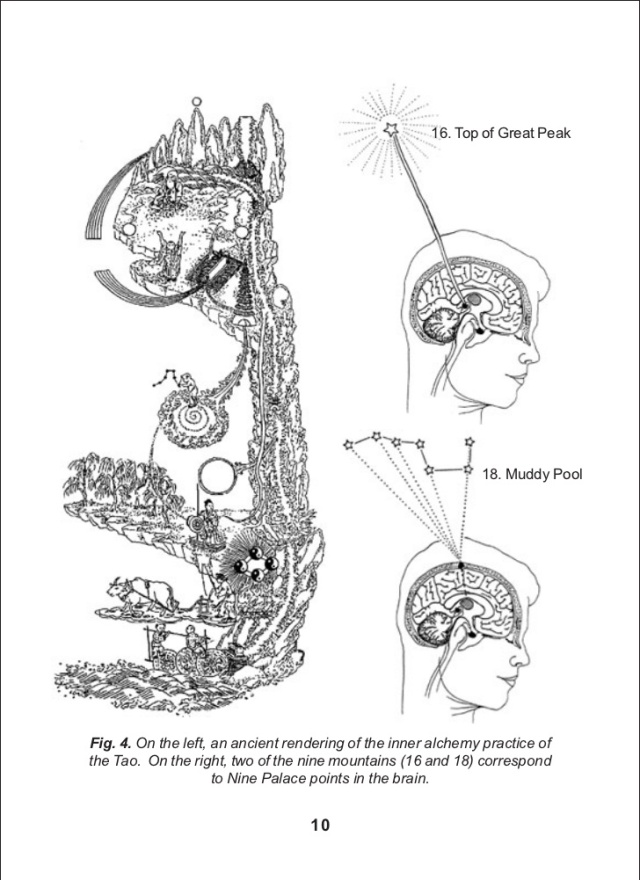In the Huang di Nei Jing, one of the daoist cannons that make a cornerstone of Traditional Chinese medicine, states that the zang fu- organs store the zhi- virtues/spirits/wills. The Zang fu organs are the Heart, Lung, Liver, Spleen, and the Kidney. These organs are storehouses for these virtues/spirits/wills. 伸,Shen, the word for spirit, is that which animates, so one could look at it as the processes that give the person and body life. This is why, I use the terms virtues, spirits, and wills. For each on their prospective level, show a way of life, perhaps one of a sage, or a regular person, or just for one surviving. A virtue fuels the sage to continue his path, a spirit enlivens your Joe, and will gives strength for someone to persist. These are all driving forces. Strengths and powers to keep us alive, and better ourselves. There is a Hierarchy of the Zang fu, and with a simple start the Heart is the Ruler in the schema of the Daoist and Chinese medical body.
“That which takes charge of things is the Heart. When the Heart is utilized, there is intention 意。 When intention is preserved, there is will 志. When will is maintained for changes, there is consideration 思. When thought extends itself far and is oriented there is reflection, 慮. When reflection is applied to dealing with things there is wisdom 智。” Lingshu 8
Here I will take loosely these two cognates and their interactions. In dealing with Xiang, as what has been mention in the previous two blog entries. Its more like the impression that nature gives us. Xiang is the image that pops in our heads when a moment unfolds. It is the beauty and wonder, or the simple and boring. It is the imprint that is let to us to unpackage. As with the Yi ching, it can be the overall impression given to us in a reading. Yi, intention happens when the heart is used. Here, the heart is the mind/body connection. It is more than consciousness, our cognitive function, beyond recognition and know, but also the process of preservation, and self-awareness. Yi, stirs out from the heart, but is store in the spleen. It is the intentionality that is derived from a thought. It is the active component from where the thought came from. When an intention is held, it solidifies and strengthens into a form, and this becomes will. Will is a persistence for existence. It is a drive into being. It takes power to feed a thought, and strength to manifest it, either in word, deed, or act. Will is stored in the Kidneys, for it is from the Kidneys that we get our impulse and our drives. This we will go into detail in the next entry. From the persisting will, consideration is then formed. Consideration is the stitching and a making of thought. It orients thought in the schema of one’s life, goals, or daily dealings. It places value upon that thought and that drive. It chooses. After consideration, then there is reflection, which is a strengthening of consideration through identification with the thought, the thought then incorporates with the self, and self image through a variety of degrees. From there, Wisdom, then develops, wisdom is the change of life for the better.
It is from life’s impressions that we ultimately make the choices in our lives.

